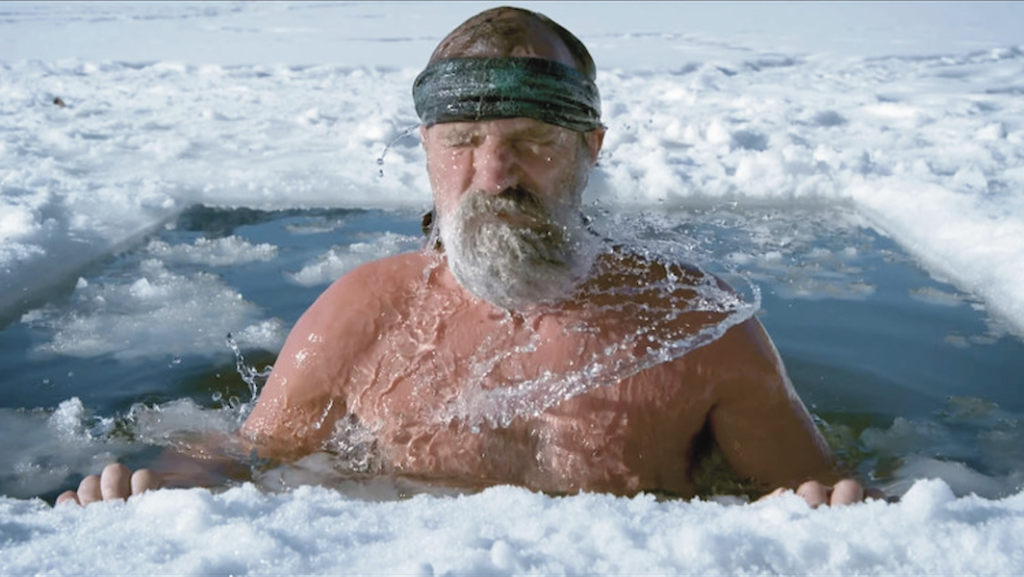
Introduction
The Wim Hof Method, developed by Dutch extreme athlete Wim Hof, has gained global attention for its purported health benefits and ability to enhance human performance. Also known as “The Iceman,” Wim Hof is known for his incredible ability to withstand extreme cold temperatures and his unique breathing techniques. In this article, we will explore some key facts about the Wim Hof Method and its potential effects on the mind and body.

1. The Three Pillars of the Wim Hof Method
The Wim Hof Method revolves around three key pillars: Breathing, Cold Exposure, and Commitment. The combination of these elements forms the foundation of the practice and is believed to lead to numerous benefits for practitioners.
2. Breathing Technique
Central to this Method is its unique breathing technique. The technique involves controlled hyperventilation, followed by breath retention (holding the breath) on an exhale. This practice aims to increase oxygen levels in the body and reduce the levels of carbon dioxide.
3. Cold Exposure
Another essential aspect of the Wim Hof Method is cold exposure. Practitioners gradually expose themselves to cold environments, such as cold showers or ice baths. Cold exposure is believed to activate the body’s natural mechanisms to generate heat, strengthen the immune system, and improve circulation.
4. Influence on the Immune System
Research on this method has shown that practitioners are capable of consciously influencing their autonomic nervous system. Wim Hof demonstrated the ability to suppress an immune response to endotoxins, which has sparked scientific interest and further study.
5. Physical Benefits
Advocates of the Wim Hof Method claim various physical benefits, such as increased energy levels, improved focus, reduced inflammation, and enhanced physical performance. Some athletes and fitness enthusiasts have incorporated the method into their training routines to achieve better results.
6. Mental Benefits
The breathing techniques in the Wim Hof Method are believed to have positive effects on mental well-being. Practitioners report reduced stress, increased mental clarity, and an improved ability to manage anxiety and emotions.
7. Potential Health Applications
Though research on the Wim Hof Method is still in its early stages, some studies suggest that the practice may have potential applications for conditions such as chronic pain, autoimmune diseases, and depression. However, more rigorous scientific investigations are needed to fully understand these potential health benefits.
8. Safety Considerations
While the Wim Hof Method has gained popularity, it is essential to approach it with caution. Cold exposure and breath-holding exercises can be physically demanding and carry risks, particularly for those with certain health conditions. Individuals with cardiovascular issues, respiratory problems, or other medical concerns should consult with a healthcare professional before attempting the method.
9. Personalization and Adaptation
The Wim Hof Method is not a one-size-fits-all approach. Each individual may respond differently to the practices, and it’s crucial to listen to your body and adjust accordingly. Beginners should start with guidance from experienced practitioners or instructors to ensure safety and effectiveness.
10. Mind-Body Connection
One of the underlying principles of the Wim Hof Method is the mind-body connection. By combining breathwork, cold exposure, and mental focus, practitioners aim to tap into the potential of their bodies and minds, pushing the boundaries of human capabilities.
Conclusion
The Wim Hof Method has garnered significant attention for its unique combination of breathing techniques, cold exposure, and mental focus. While research on its long-term effects is still in progress, many practitioners report experiencing various physical and mental benefits. As with any new health practice, it’s essential to approach the Wim Hof Method with care and seek guidance if needed. Exploring this method with an open mind and a commitment to personal growth may unlock new dimensions of physical and mental well-being.


